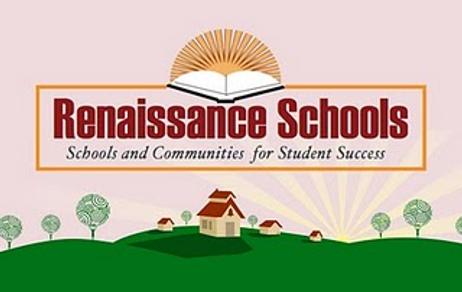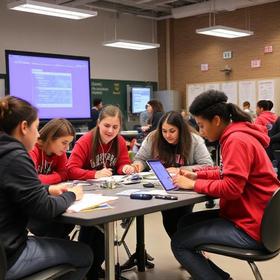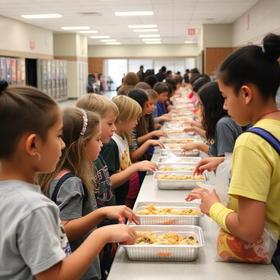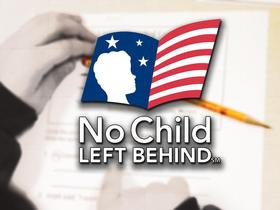The Los Angeles Unified School District, one of the largest public school districts in the United States, has very specific goals for its students. Those goals are outlined at the district website, as well as the strategies the district plans to use for achieving those goals. The goals all point towards preparing students for career or college readiness once they graduate from Los Angeles high schools. However, the strategies begin implementation long before students ever set foot in a high school in the county.
Goal 1: Prepare Students for Career and College by Transforming the Teaching and Learning Process
At the foundation of this goal is the implementation of Common Core Standards. According to the website, Common Core Standards provide a consistent expectation for all students and faculty within the Los Angeles Unified School District. These standards encompass English Language Arts and mathematics. English Language Development standards are also in place for the district to ensure English learners are able to master the core requirements for English Language Arts.
Common Core Standards were chosen by the Los Angeles Unified School District for a number of reasons, including:
- These standards provide for career and college readiness after high school
- Common Core Standards include rigorous content and develop high-order skills
- The standards are consistent, understandable, and measurable
- Common Core Standards are evidence-based
- These standards are used by other countries, so students in L.A. remain competitive on a global level
- Common Core Standards build on the strengths of






















